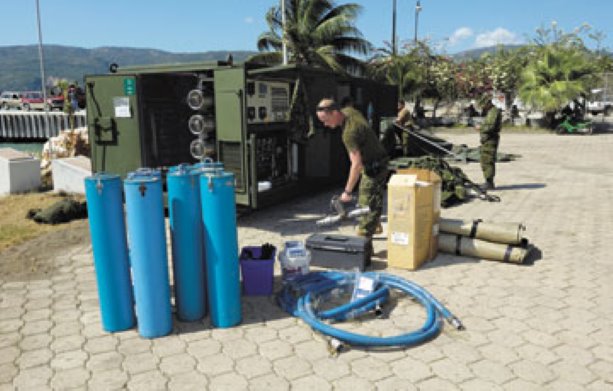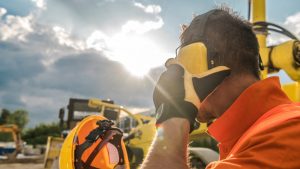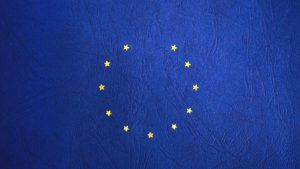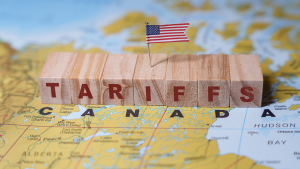Sgt. Tony Weeks and his five-man unit have been on the ground in Haiti for just a week but the fruits of their labour are already starting to flow and help save lives.
CANADIAN FORCES COMBAT CAMERA
Sgt. Tony Weeks works on one of two giant reverse-osmosis desalination machines that he and his five-man Canadian Forces unit are operating in Jacmel, Haiti.
Disaster relief
Sgt. Tony Weeks and his five-man unit have been on the ground in Haiti for just a week but the fruits of their labour are already starting to flow and help save lives.
Weeks, part of the 4th Combat Engineer Support Regiment is in Jacmel, a seaside town south of Port-au- Prince, where they are setting up a pair of reverse-osmosis water purifiers.
Like the capitol city, Jacmel has also been decimated by the Jan. 12 earthquake which it is feared may have killed 200,000 across the impoverished Caribbean country.
Weeks and his crew are part of Operation HESTIA, the Canadian Forces’ response to the earthquake with allied forces from around the world. It kicked off within hours of the earthquake with the dispatch of the Canadian Disaster Assistance Response Team’s (DART) CC-130 Hercules carrying military equipment and medical supplies.
It’s the 16th Canadian forces mission to Haiti since 1963.
“It’s a global response — we’ve got Sri Lankans doing security on our camp here and airmen, soldiers and sailors involved all over the place,” says Capt Mark Peebles, a CAF public affairs officer on the ground in Jacmel.
“We’re also in charge of the Port-au-Prince airport where we’re directing all the military and civilian air traffic.”
Getting clean drinking water to survivors is a critical part of the overall mission.
“We’ve got the first unit up and working and we’re working on the second,” said Weeks in a satellite phone interview with the Daily Commercial News.
“We’re also in the process of deploying a bladder for a 15,000-litre storage facility. We’re just waiting on the medical team to get here to test the water to ensure it is potable and then next job will be to start shipping it out.”
The massive units are self-supporting with onboard diesel generators, he said, and pull seawater from the nearby ocean, desalinate and then purify it. The water is stored and then transferred for shipment, either by tanker truck or in jerry cans, something still being worked out amidst the chaos on the ground.
Getting the units in place in Jacmel was the first challenge, he said.
“We wanted to chopper them in, but they’re too big so we had to truck them in,” he said.
The Osmosis Water Purification Unit (ROWPU) can treat water contaminated by nuclear-biological-chemical warfare agents, as well as fresh, brackish and seawater.
With its automatic controls and a double-pass reverse osmosis water purification system, it ships on its own palletized enclosure for fast deployment.
In some conditions it can be up and working in 20 minutes.
It works using a semi-permeable membrane that filters organic materials like salt and other minerals and some bacteria.
It’s set up for either a single-pass (using one membrane bank) or double-pass mode (using two membrane banks) depending on the type of water being purified.
The two-stage pre-treatment is provided by a 50-micron self-cleaning filter and a 5-micron cartridge filter, while the post-treatment is by chlorination.
Weeks said one of the concerns is the purity and clarity of the source ocean water around Haiti, adding the water will be subject to medical testing at all stages to ensure it is safe to drink.
“Right now we’re running one machine at 24 litres a minute and with the next one on line we’ll be up to 48 litres a minute,” he said. “We’ll be running it 24/7.”
Weeks himself has served humanitarian missions to the 2005 Kashmir earthquake and Africa and has also served in Afghanistan.
“It’s a switch to (go) from a war zone to a humanitarian situation,” he said. “This is a real eye- opener.”











Recent Comments
comments for this post are closed